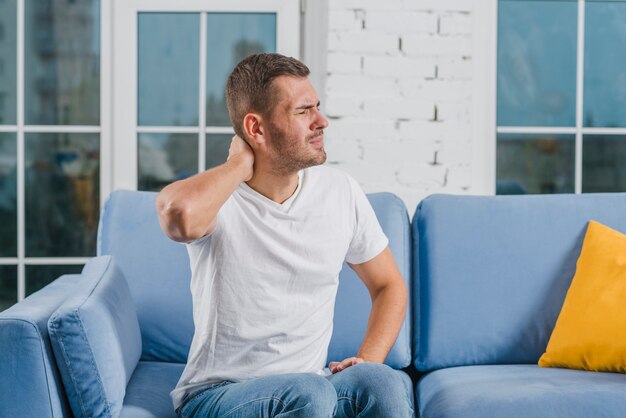
Stiff joints can be a real pain, especially for those who lead active lives. It’s not just about the discomfort; the pain and inflammation that usually come with it can make simple tasks like walking or standing difficult.
If you’re having trouble moving because of stiff joints, it’s crucial to identify the cause and start looking for treatment options. Many people think joint stiffness is just a part of getting older, but that’s not the whole story. There are several different reasons why joints can become stiff.
Aging is definitely a common reason. As we get older, our ligaments become shorter and less flexible. If older people don’t stay active, their cartilage may shrink and harden too, leading to reduced mobility and stiffness.
Being overweight is another significant factor. Extra weight puts more pressure on your joints, which can cause inflammation and pain over time.
Certain medical conditions can also lead to stiff joints. These include rheumatoid arthritis, osteoarthritis, lupus, and bursitis. It’s a myth that only older folks get rheumatoid arthritis or osteoarthritis. Rheumatoid arthritis is an autoimmune disease where your immune system targets parts of your body, including your joints. Osteoarthritis happens when the cartilage protecting your joints wears away. Lupus, another autoimmune disease, also attacks the joints among other parts of your body. Bursitis occurs when the small fluid-filled sacs (bursae) that cushion your joints become inflamed.
If you suddenly develop joint pain, it doesn’t go away within five days, is very severe, or comes with swelling or an immobile joint, you should see a doctor. They’ll do a physical exam, might send you for some tests, and come up with a treatment plan. Your doctor can also give you personalized advice on managing the pain.
Depending on how bad your pain and stiffness are, your doctor might suggest over-the-counter (OTC) medications like aspirin, ibuprofen, or naproxen, or they could prescribe steroids if there’s a lot of inflammation or swelling.
Exercise and physical therapy can also help, but make sure to consult your doctor and get a referral to a trained physical therapist to avoid further injury. In most cases, you’ll need to combine home remedies with your doctor’s treatment plan to manage the pain.
Hot and cold compresses can be beneficial. Cold compresses reduce inflammation and numb pain receptors, making it easier to move. A heating pad or hot bath can relax your muscles and joints, improving mobility.
Supplements like fish oil, flaxseed, and glucosamine sulfate might also help with stiffness and pain. Always check with your doctor before starting any new supplement to ensure it doesn’t interfere with other medications.
Massages can improve your range of motion and reduce stiffness. You might see a massage therapist or learn self-massage techniques from a physical therapist. Some might recommend body massagers with infrared technology, which penetrate deep into tissues to relax muscles and stimulate blood flow. Infrared massages can also improve blood pressure, help heal sports injuries, and boost your immune system.
Mindfulness meditation can be another helpful tool. Reducing stress through meditation can lower inflammation, swelling, and pain, which helps with joint stiffness.
In terms of treating stiff joints, you might need to make some lifestyle changes or investigate whether there’s a more serious issue at play. If your stiffness is severe or persistent, consult a doctor to develop an appropriate treatment plan.